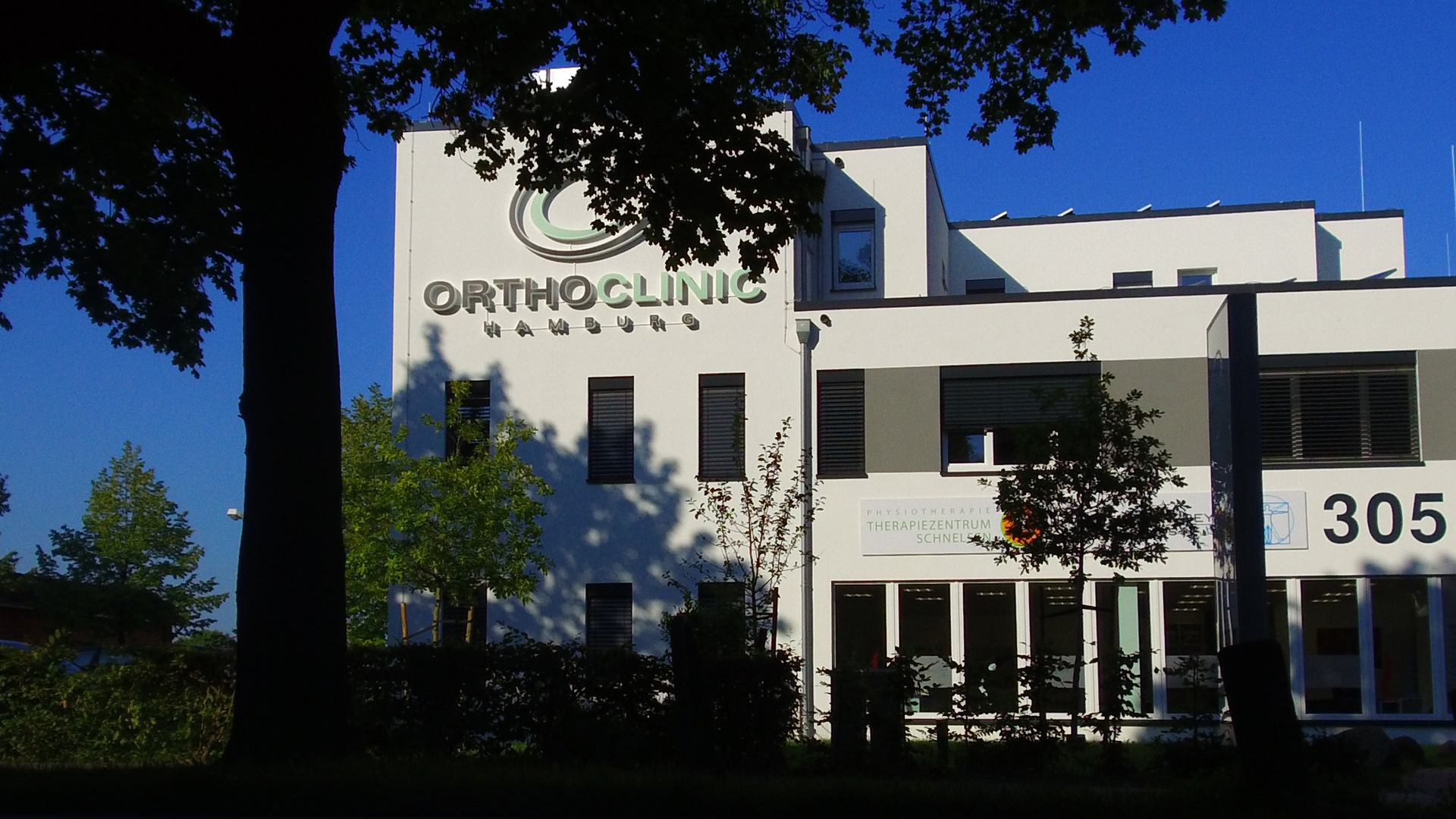Introduction Short-stemmed hip endoprosthesis were introduced into total hip arthroplasty some years ago. Due to the main advantages of these implants, such as preservation of the femoral bone stock, capability of minimal invasive surgery and possibly less stress shielding, these short implants are used in young and active patients to achieve better preconditions for revision surgery. Equal to standard hip stems a sufficient primary stability of these short implants is required to accomplish secondary stability and thereby good long term results.
In order to investigate the influence of different operation techniques on the post-operative stability the present work presents the development of an experimental setup and measurement device to investigate interfacial micromotions between short-stemmed hip implant and surrounding bone.
Methods A mechanical measuring device was developed to determine the relative motion between bone and implant. Consisting of four linear variable differential transformers (LVDT) (DP5S, Solartron Metrology, Meerbusch, Germany) the device was designed to measure one rotational and three translational displacements. In order to keep the influence onto the bone-implant-system as small as possible the relative motions of the implant were transferred exterior to the bone by a pin. While passing through a small hole in the cortical bone, the pin is screwed tightly into the implant and ends outside of the bone in a measuring block with orthogonal surfaces. All four LVDT’s, rigidly attached to the cortical bone, contact to the measuring block and thereby indicate the relative motion in the implant-bone-interface. In order to evaluate the accuracy and resolution of the mechanical measuring device based on LVDT technology, experiments were conducted in conjunction with an optical measuring system (Pontos, Gom, Braunschweig, Germany)
Results Using fresh frozen femur bones the relative motions at the implant-bone-interface were measured. Comparison between optical and mechanical system showed a good agreement between the two measurement techniques. The mechanical system showed a higher accuracy and resolution, but a limited range for the measurements in the three- dimensional space compared to the optical system. The developed measuring device was capable to measure interfacial micromotions and migrations between implant and bone with an accuracy clearly smaller than the anticipated relative motions during dynamic loading.
Conclusion Assuming that the operation technique has only a small influence on the interfacial micromotion for short-stemmed implants the newly developed mechanical measuring device will be used further primary stability investigations of short-stemmed implants in human bone specimens.

